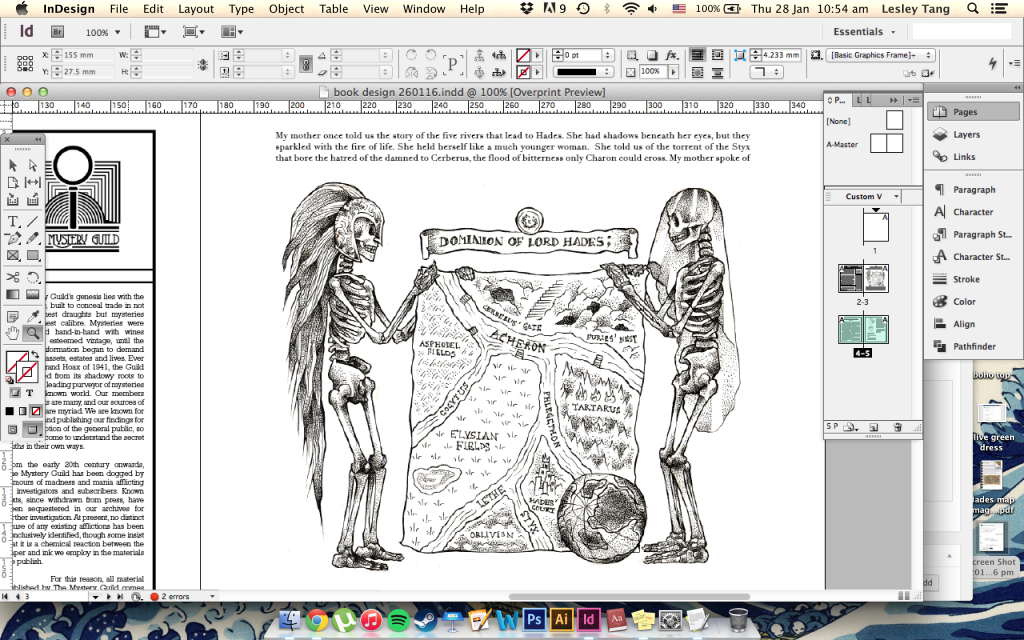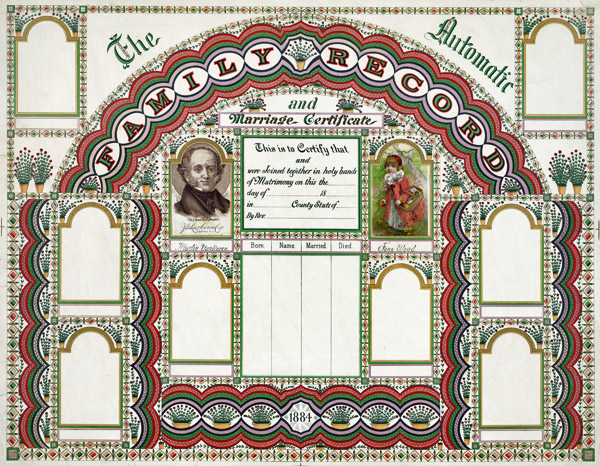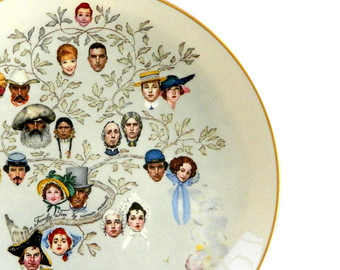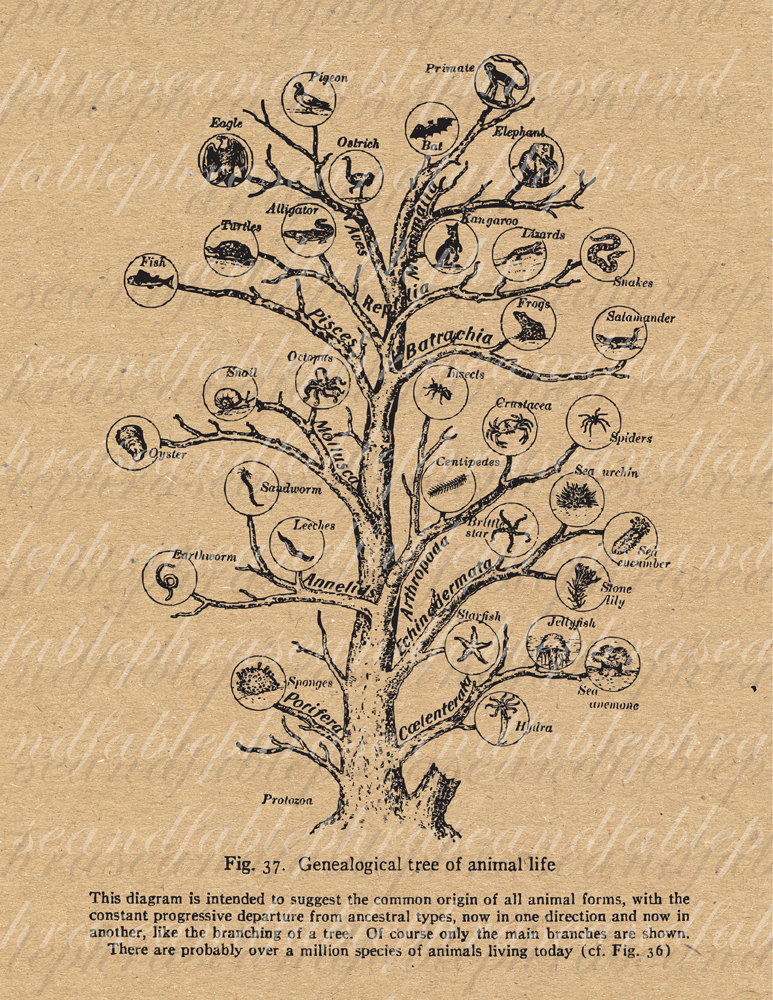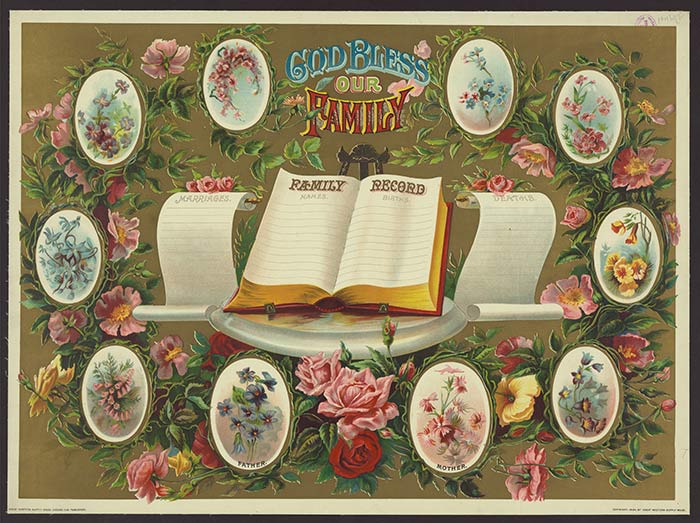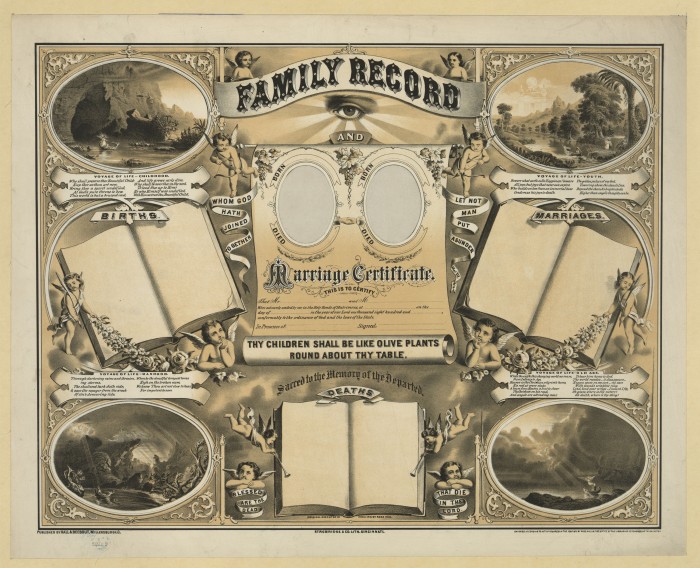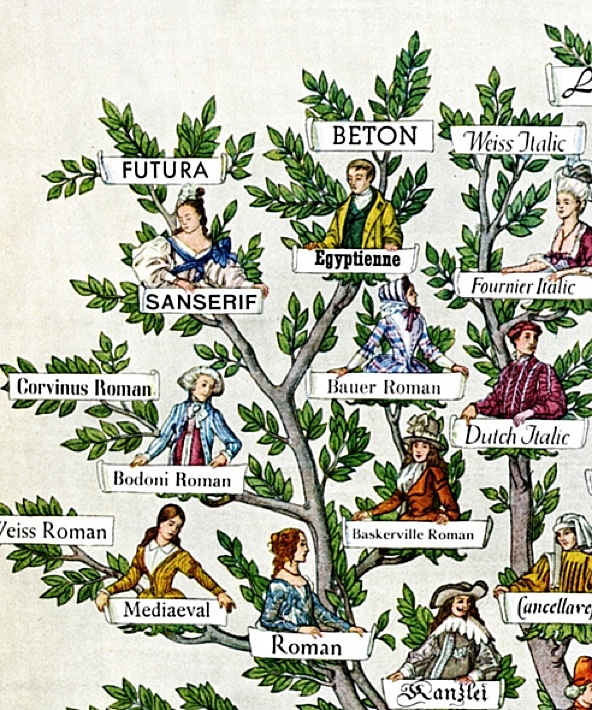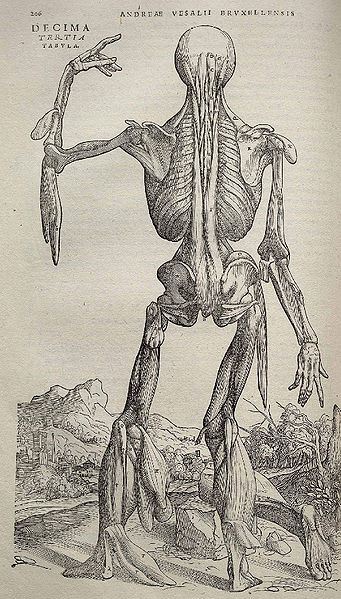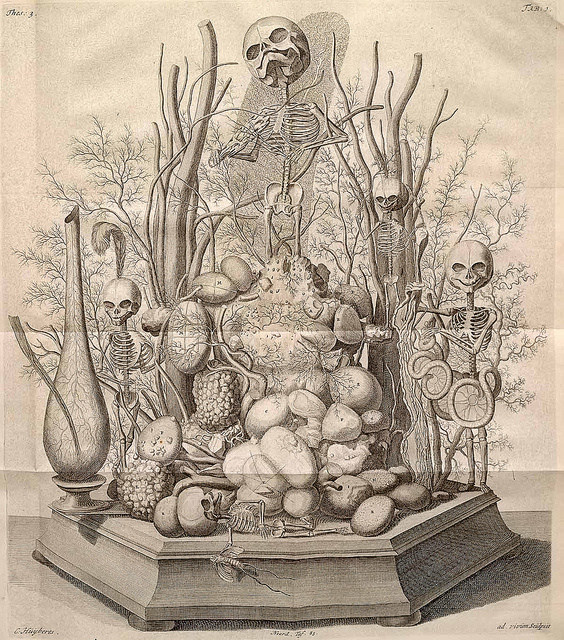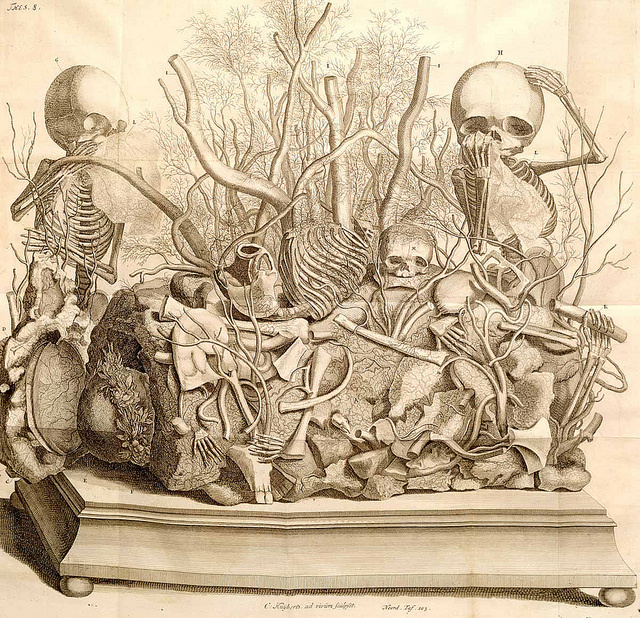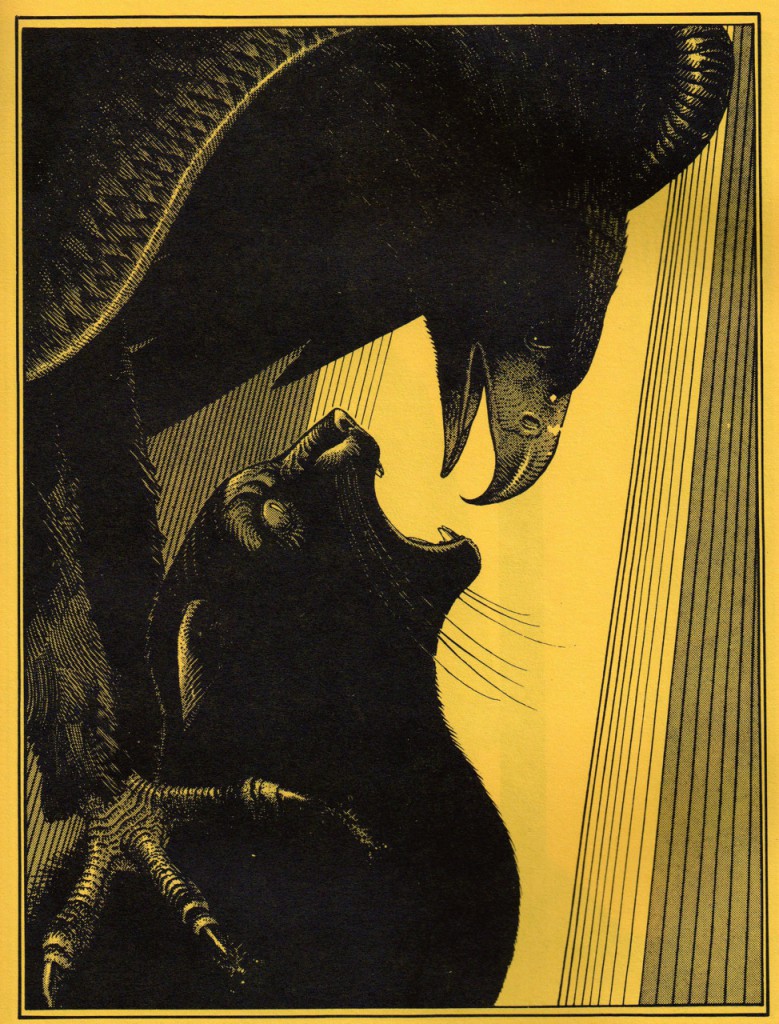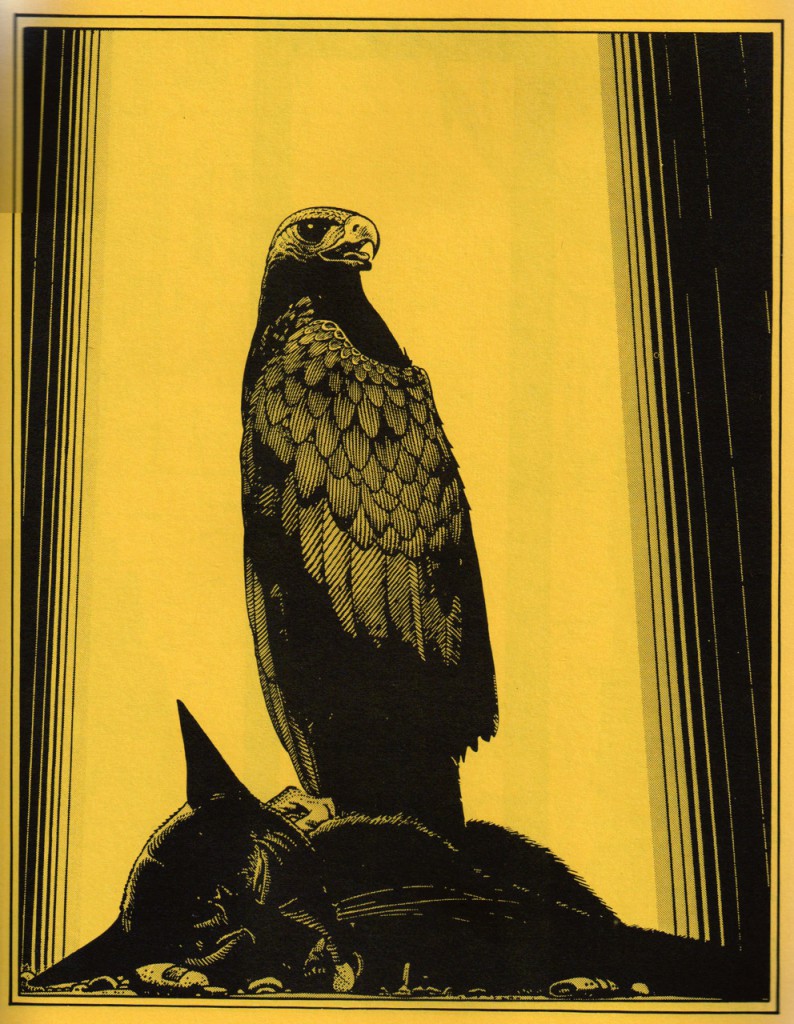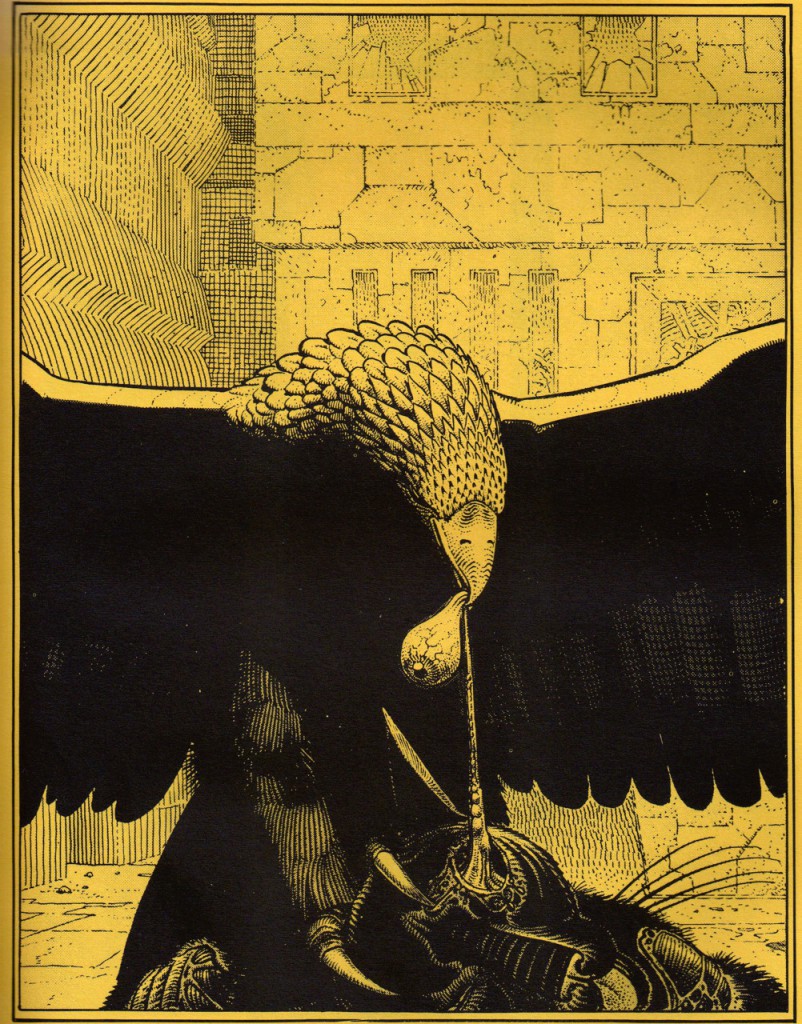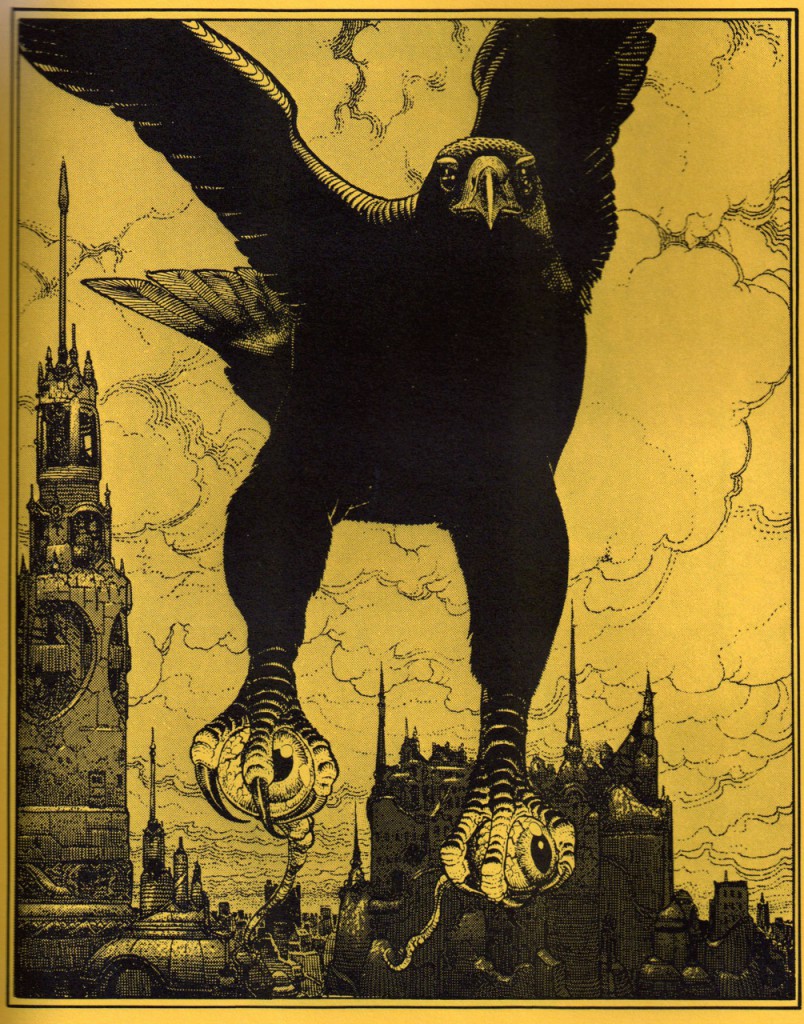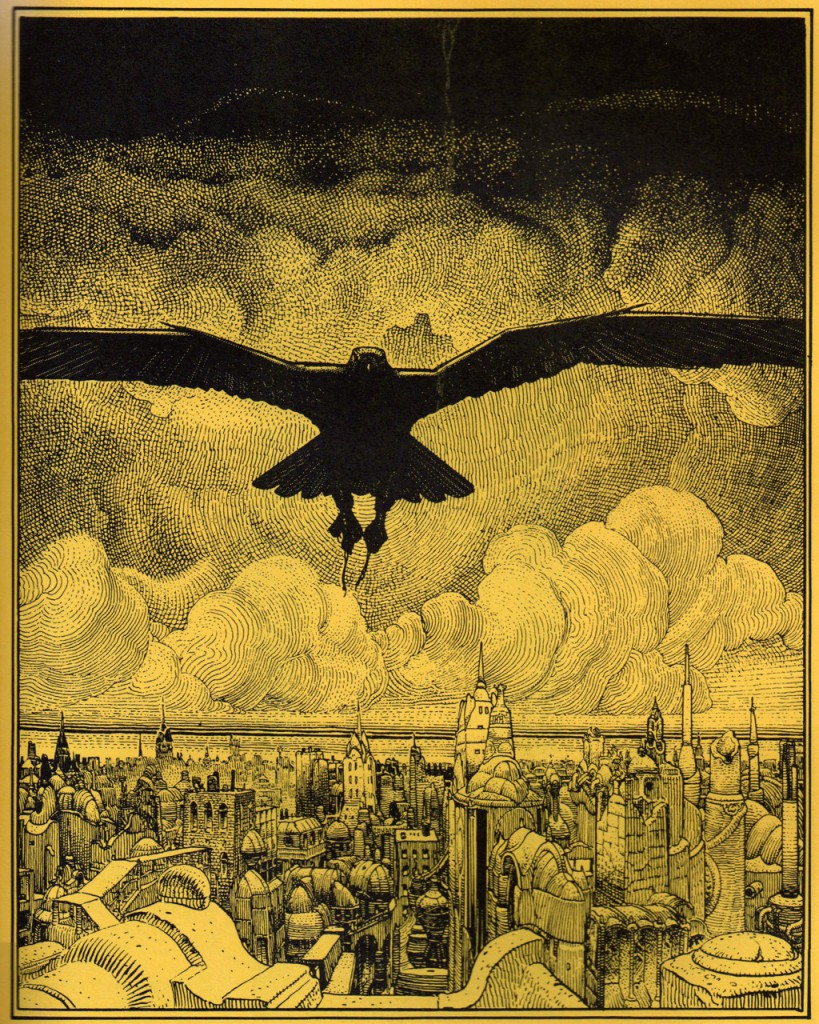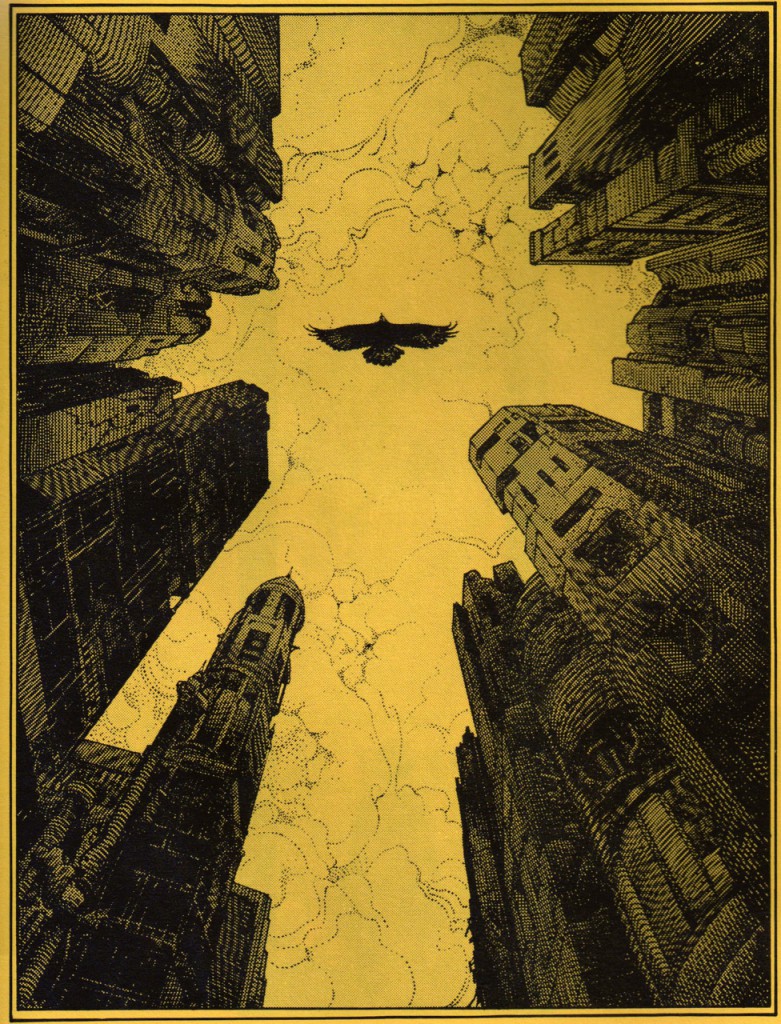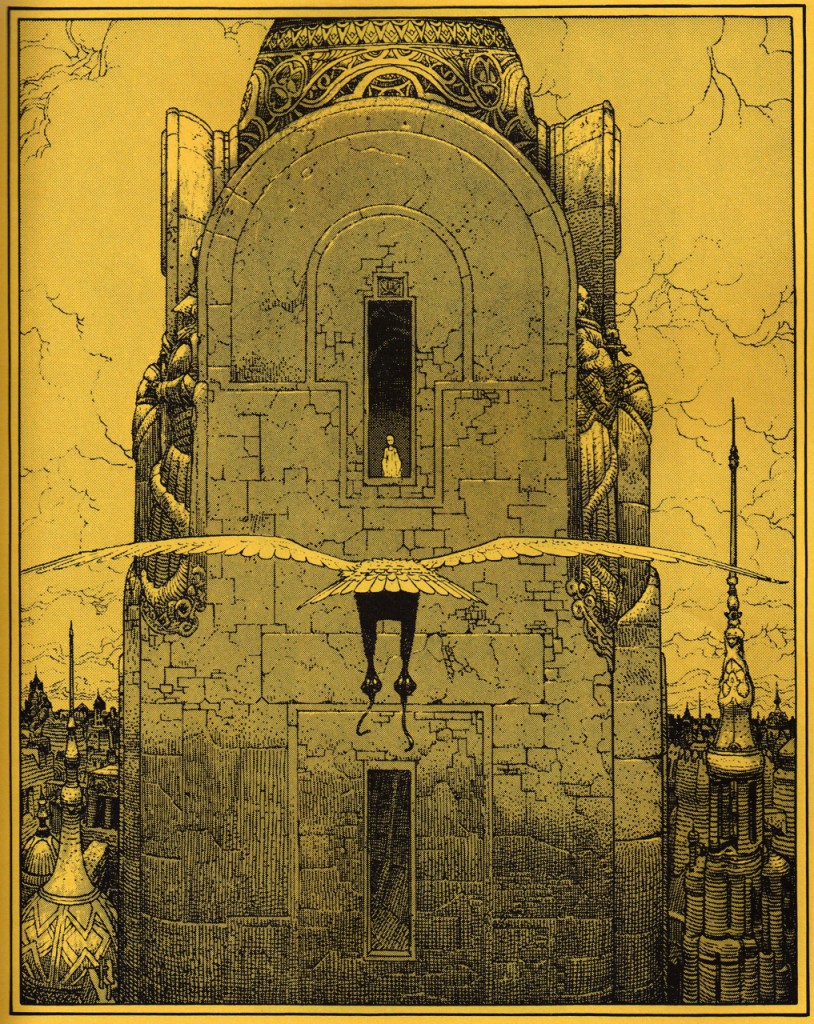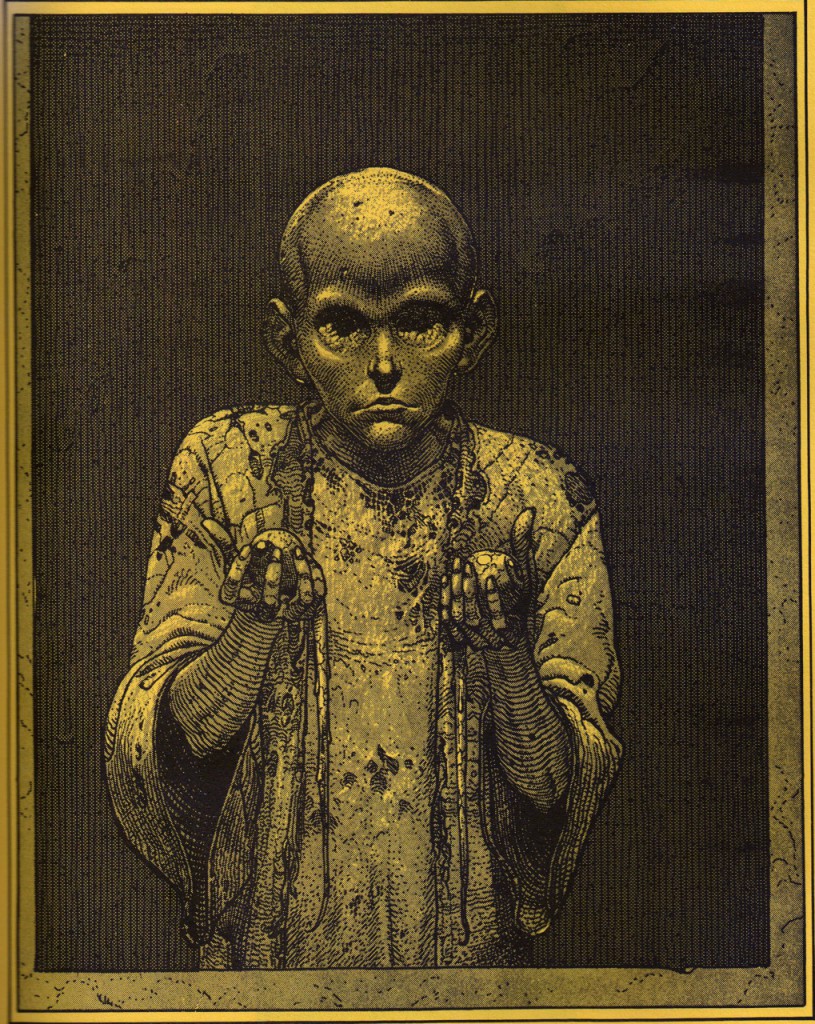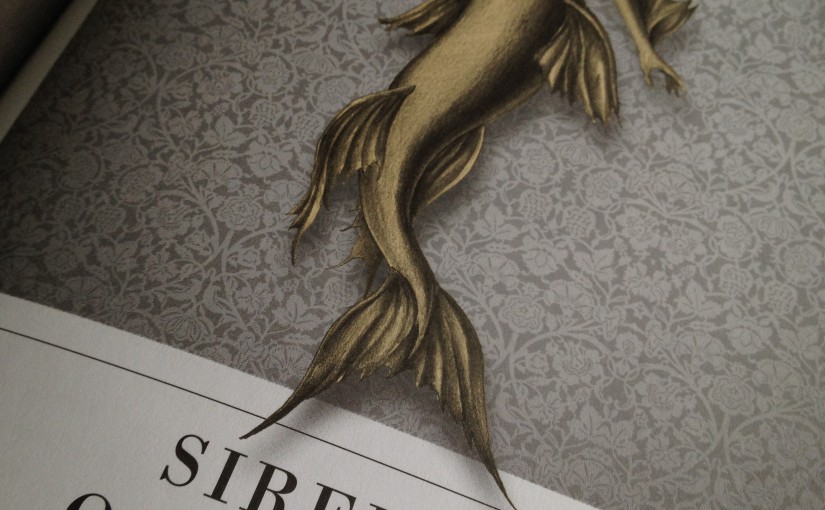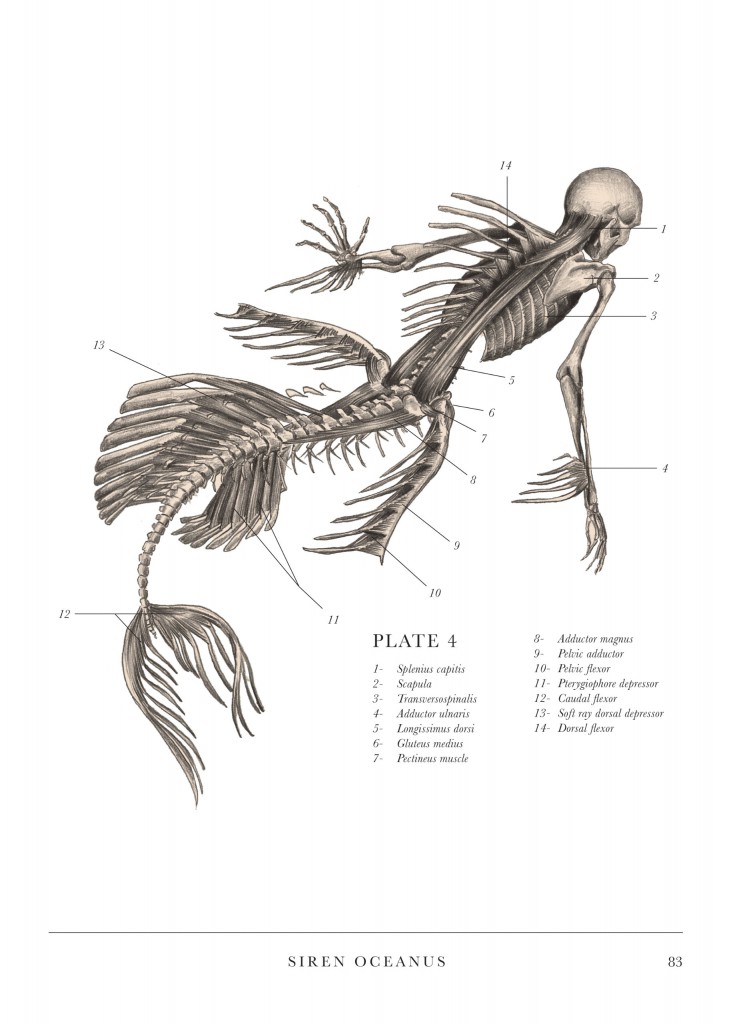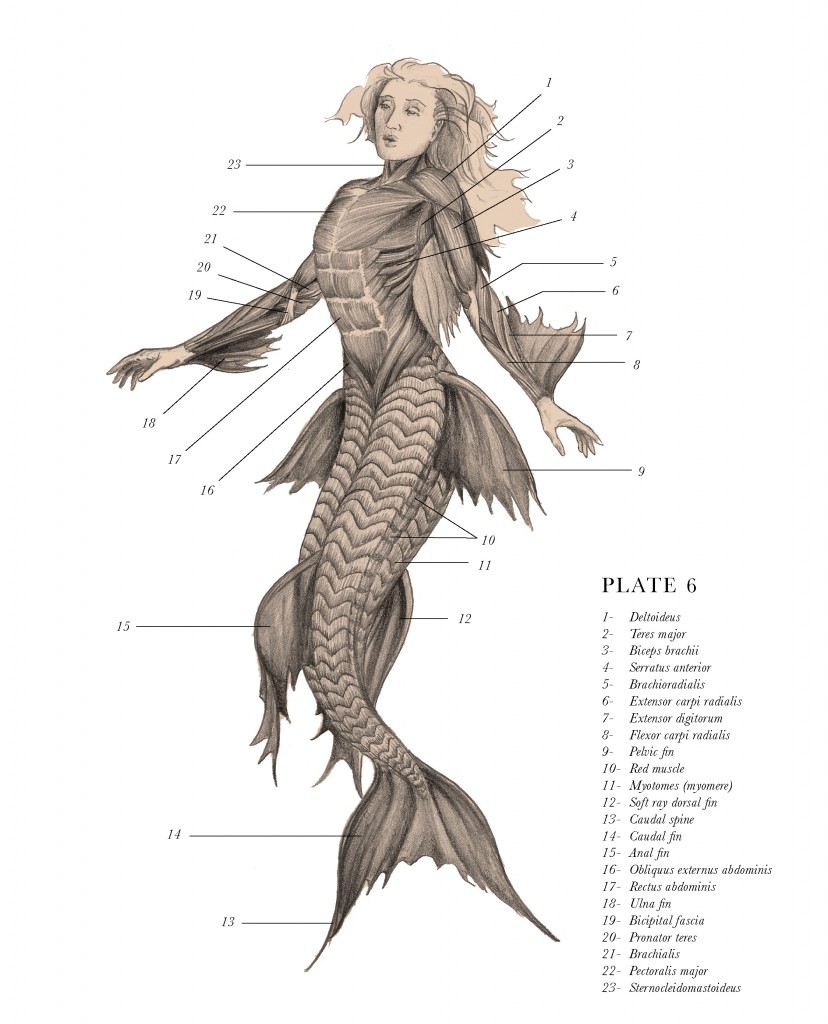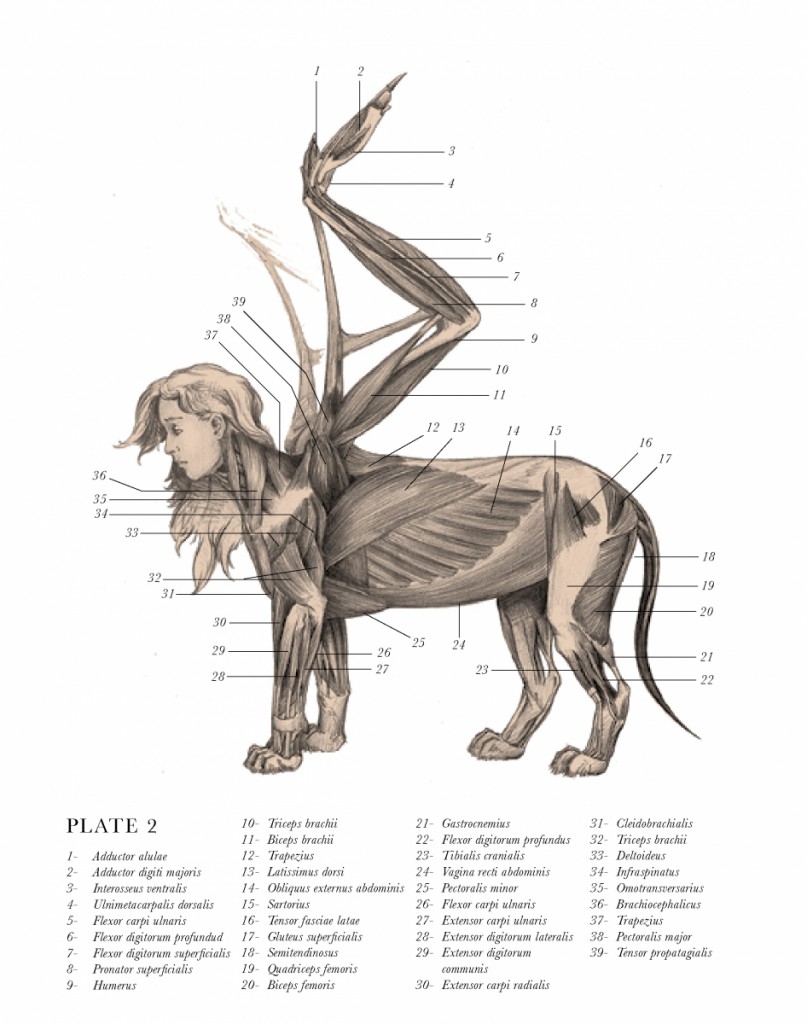I’ve been feeling a bit stale in the drawing department lately (although this has been a really good break for me), so I started browsing my favourite art websites to look for new inspiration. I am still bent on black and white illustration as much as I ever was, and today I discovered Benze‘s work, which is another aspect I’d like to incorporate into my melting pot of influences.
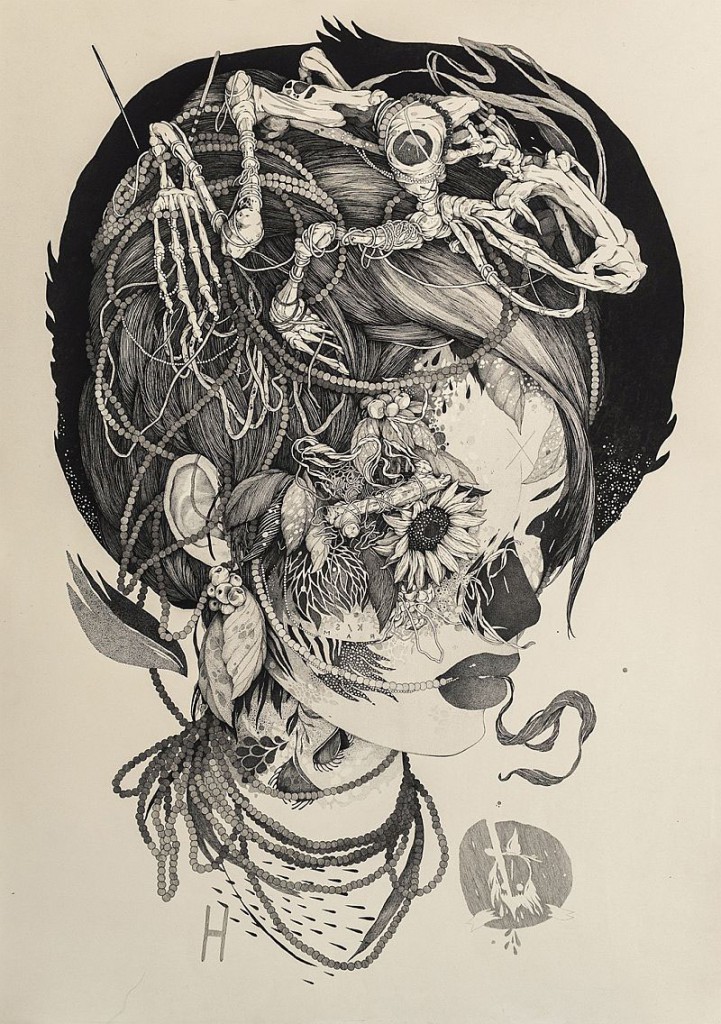
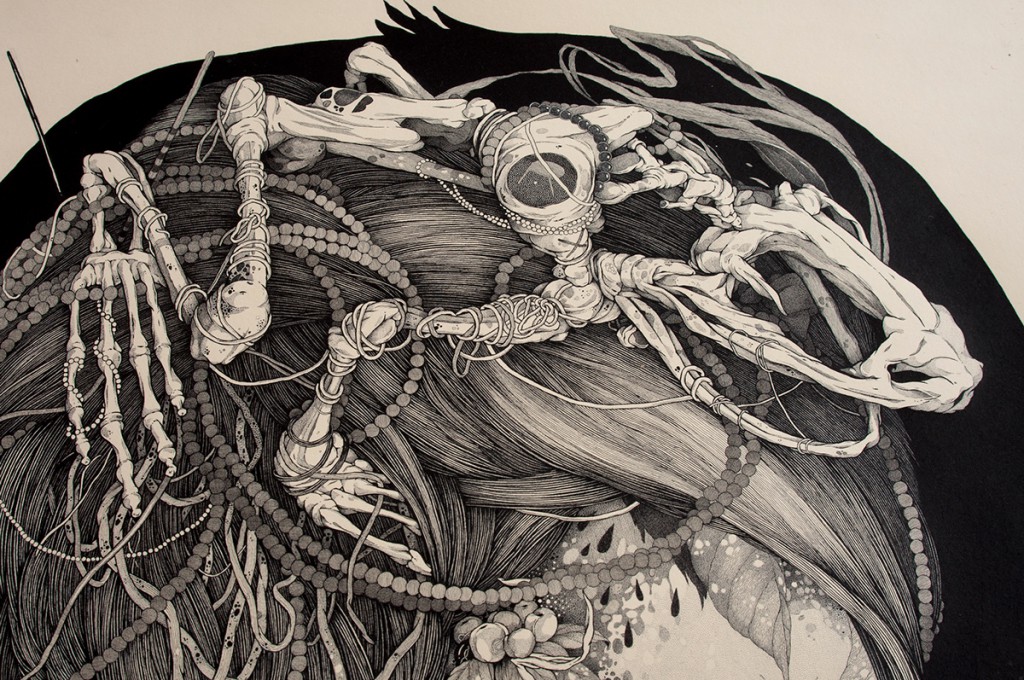
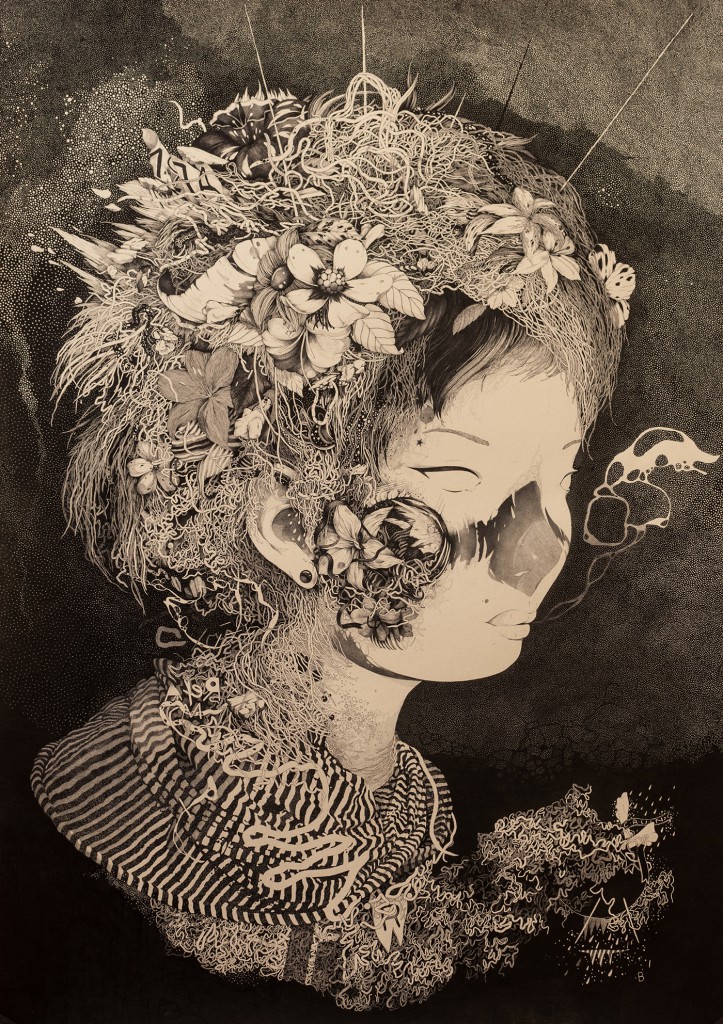
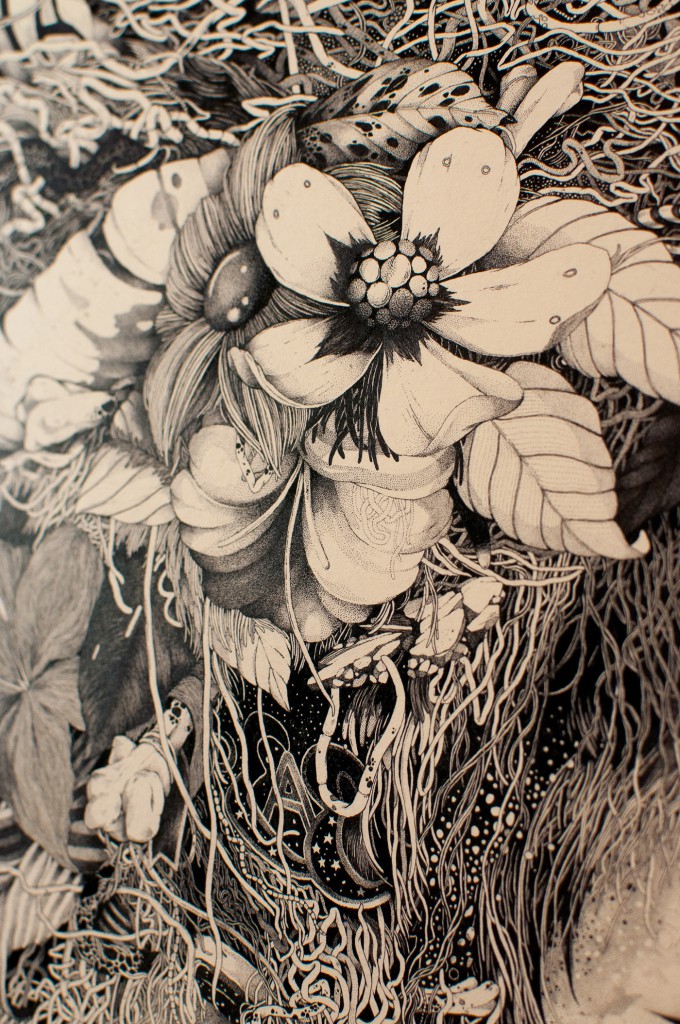
My plan for the setup is to have the book surrounded by my illustrations/ephemera created that relates to the book. This is just a spontaneous idea for now, but I’ve always been inspired by past work that creates an illustrated space. I’m not sure if it’ll be counterintuitive for the space to overwhelm the book, but I want to immerse the viewer in my aesthetic and I can draw pretty fast when I need to, so I really want to push myself.
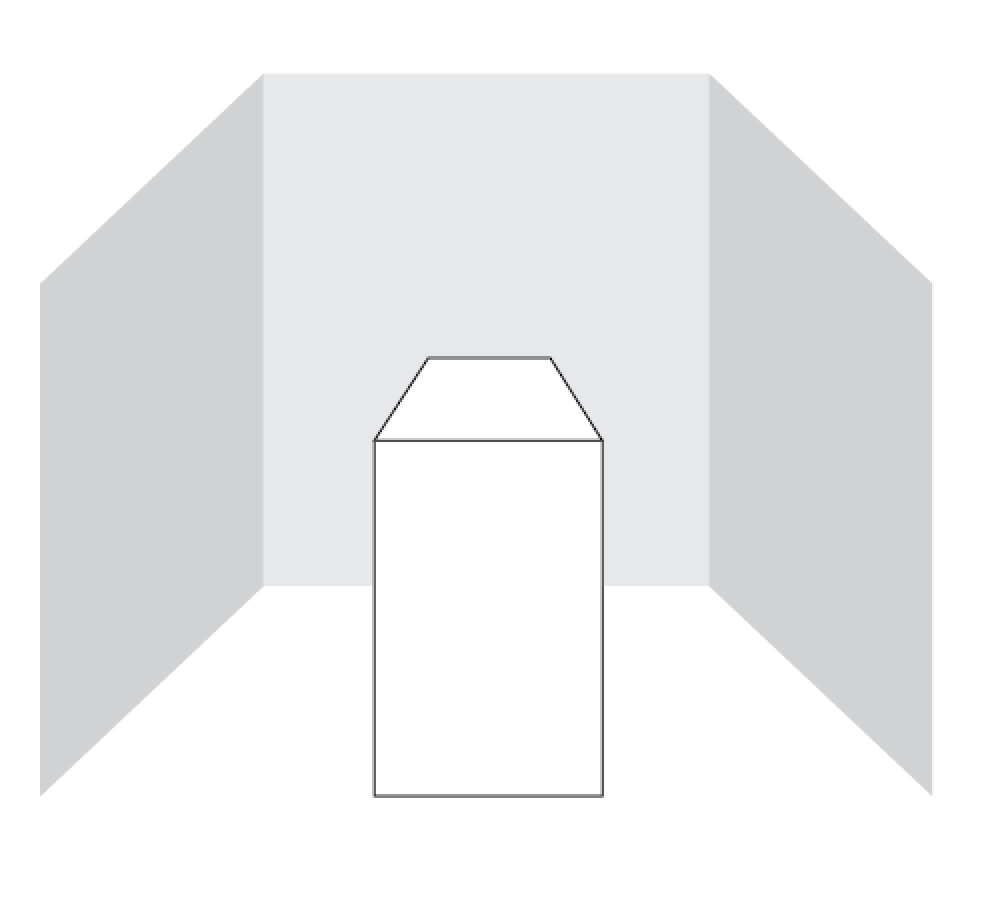
I’m hoping to have this kind of space. Right now the plan is to have the left wall focus on fact and the right wall on fiction. So, the left wall would be newspaper clippings (all made by me) and anatomical drawings in a large, pleasing collage. The right wall would be more surreal drawings, possibly excerpts from Pollux’s narrative voice in the book, stuff that’s more esoteric (like my tarot cards). The back wall will be where I can illustrate most, a giant detailed piece about Gemini. And of course, the display stand will be where I place my book (hardcover with gold foil, hur).
This is just a fleeting thought at the moment, but I want a space that creates immersion in my theme and aesthetic so that people who don’t get to see the book at the show can still understand my thesis just from the way the space is arranged. I had a show in JC where I also did a book, and not everyone was able to see it because a book is by definition an intimate viewing that’s most conducive for one person at a time. So, I want to make the space at large evidence of my research, work and illustration skills as well.
